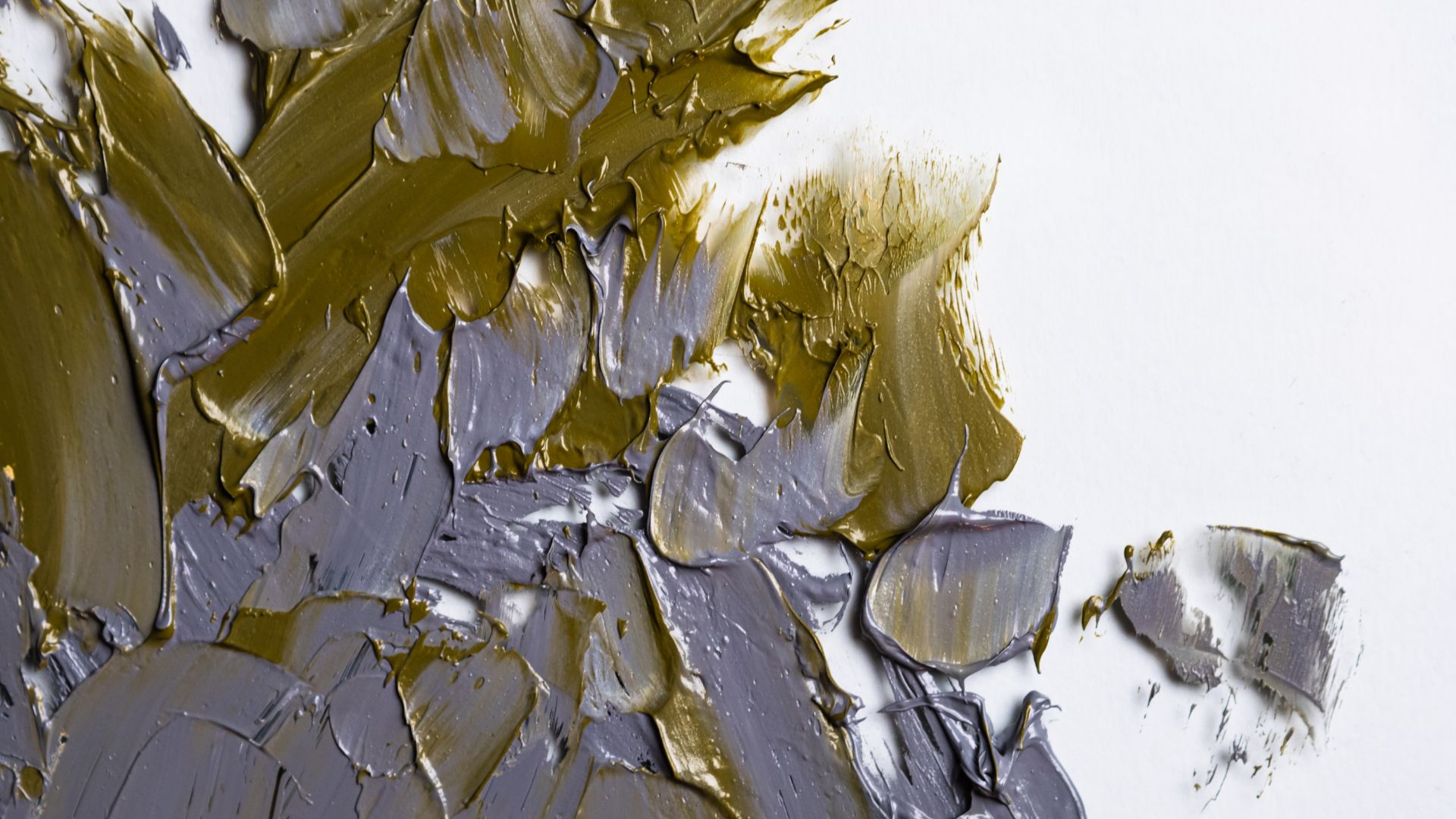When it comes to painting on a canvas, achieving the perfect finish involves more than just picking up a brush and applying a single coat of paint. The number of coats you apply can significantly impact the final result, from the vibrancy of colors to the overall durability of your artwork.
Understanding the Canvas Surface
Before diving into the ideal number of coats, let’s consider the canvas itself. Most canvases come pre-primed, providing a base layer that helps the paint adhere and prevents it from seeping through. If you’re working with a pre-primed canvas, you might find that it requires fewer coats compared to an unprimed one.
Factors Influencing Coat Numbers
Several factors influence the number of coats needed:
1. Type of Paint:
- Opaque Paints: Typically require fewer coats as they offer better coverage.
- Transparent or Semi-Transparent Paints: Might need additional layers to achieve the desired depth and intensity of color.
2. Color and Hue:
- Lighter colors often necessitate more coats to fully cover the canvas, while darker shades might require fewer coats.
3. Desired Effect:
- If you aim for a textured or layered effect, multiple coats can build depth and dimension in your artwork.
4. Technique and Tools:
- The thickness of each coat and the tools used (brushes, rollers, sponges) impact coverage. Thicker coats may cover more in one application.

Painted red heart on canvas with palette knife
Recommended Coating Technique
- Base Coat: Start with a base layer to establish a foundation. This helps set the tone and prepares the surface for subsequent layers.
- Multiple Layers for Depth: Depending on your artistic vision, apply additional coats as needed. Experiment with layering to create texture or enhance color vibrancy.
- Allow for Drying Time: Ensure each coat dries thoroughly before applying the next layer. Rushing this process can affect the quality of the final outcome.
So,…
There isn’t a one-size-fits-all answer to the number of coats for painting on a canvas. It’s a balance between achieving the desired effect, considering the type of paint and canvas, and understanding your artistic intentions.
Experimentation is key. Start with a base, test the colors and techniques, and gradually build up the layers until you achieve the result you envision. Don’t be afraid to explore different approaches; each layer adds character and depth to your artwork.
External Resources for Further Reading:
Let’s dive further into this fascinating world of canvas painting.
Layering Techniques and Considerations
1. Texture Creation:
- Impasto Technique: Applying thick layers of paint can create texture and depth, adding a three-dimensional quality to your artwork. Palette knives or thicker brushes work well for this technique.
- Glazing: Applying thin, translucent layers of paint can achieve a delicate, ethereal effect. It involves building up color gradually to create a subtle, layered look.
2. Building Color Depth:
- Underpainting: Utilize an underpainting technique where a base color is applied to the canvas before adding subsequent layers. This foundational layer impacts the overall tone and vibrancy of the final piece.
- Mixing and Blending: Experiment with mixing colors to create new hues. By layering different shades and blending them, you can achieve unique and captivating color combinations.
3. Coverage and Consistency:
- Even Application: Aim for consistent coverage across the canvas to avoid patchiness or unevenness in the final result.
- Avoiding Overworking: While layering is beneficial, excessive layers without proper drying time may lead to muddiness or an unwanted blending of colors.
Additional Tips for Painting Success
- Patience is Key: Allow each layer to dry thoroughly before adding the next. Rushing this process can compromise the integrity of your artwork.
- Quality Matters: Invest in high-quality paints and brushes. Better materials often yield better results and can make the layering process smoother.
- Practice and Experiment: Every artist has their unique style. Don’t hesitate to experiment with various techniques and layering approaches to find what resonates best with your artistic vision.
So, …
Painting on canvas is a journey of exploration and creativity. The number of coats you apply to a canvas depends on various factors, from the type of paint to your desired outcome. Embrace the artistic process, experiment with layering techniques, and allow your creativity to guide you.
There are no strict rules in art only endless possibilities. Enjoy the journey of creating vibrant, layered artworks that reflect your imagination and passion.
Additional Resources for Inspiration:
Comparison tabular on this
| Aspect | Factors to Consider | Techniques | Tips for Success |
|---|---|---|---|
| Type of Paint | Opaque vs. Transparent | Impasto, Glazing | Invest in high-quality materials |
| Color and Hue | Lighter vs. Darker Shades | Underpainting, Mixing & Blending | Ensure even application across the canvas |
| Desired Effect | Texture Creation, Layering | – | Allow ample drying time between coats |
| Technique & Tools | Thickness, Tools Used | – | Patience is key; avoid overworking the paint |
This table provides a snapshot of the factors influencing the number of coats needed, various layering techniques, and essential tips for achieving success in canvas painting. Remember, the artistry lies in the experimentation and personal touch you bring to your creations.
Wrapping up
As you embark on your canvas painting journey, remember that the number of coats of paint you apply is just one aspect of the creative process. Embrace experimentation, play with techniques, and let your imagination guide each stroke of the brush.
Whether you’re aiming for vibrant colors, textured layers, or a delicate blend of hues, the key is to enjoy the artistic process. There are no strict rules only endless possibilities waiting for you to explore.
Allow your passion to flow onto the canvas, layer by layer, creating a masterpiece that reflects your unique style and artistic vision. Cherish each moment of creation, and let your creativity flourish.
So, gather your brushes, pick your colors, and let the canvas be your canvas for boundless expression. Happy painting, and may your artistic endeavors be filled with joy and fulfillment!

For over a decade, I’ve been Mike, an artist, crafter, and designer deeply immersed in the Croc world. I thrive on crafting unique, size-inclusive patterns, fostering creativity, and sharing them on ktforum.com. My designs aim to ignite your creative spark and delight you, ensuring clarity and ease of use through rigorous testing. Join me in expressing your creative flair and showcasing your craft with joy.
Related Posts
- Can You Paint Over Existing Wall Paint on Canvas
If you're an aspiring artist or someone enthusiastic about trying their hand at painting, you…
- Should You Sand a Canvas Before Painting it with Wall Paint
When it comes to using wall paint on canvas, the question of sanding often arises.…
- Exploring Temporary Art with Wall Paint on Canvas
When it comes to art, experimentation knows no bounds. Have you ever considered using wall…
- Testing Wall Paint on Canvas: A Smart Approach to Your Painting Project
When it comes to transforming a canvas into a masterpiece, choosing the right paint is…

